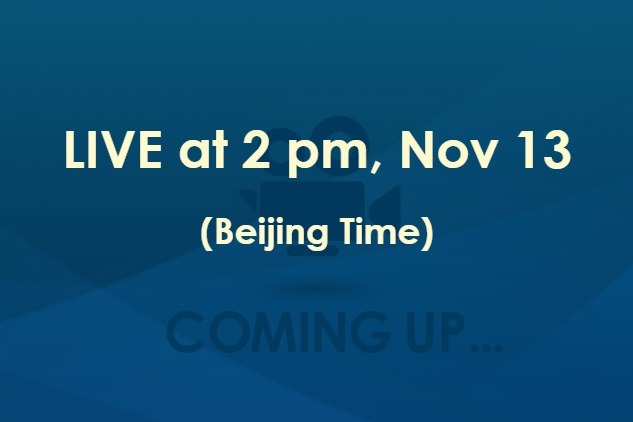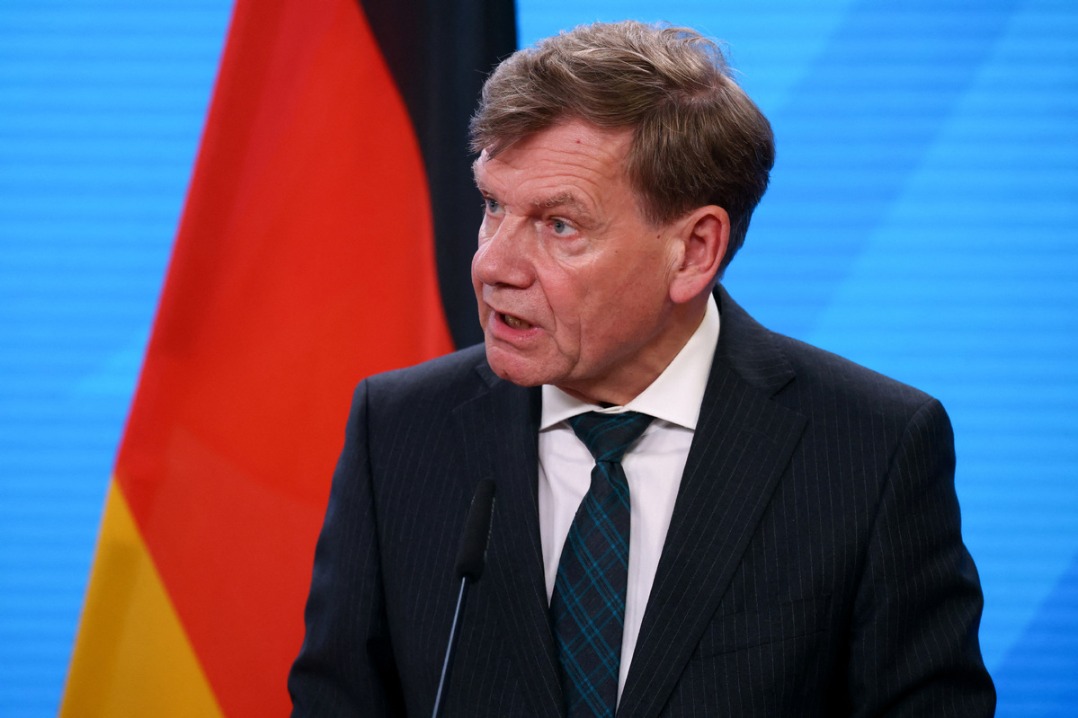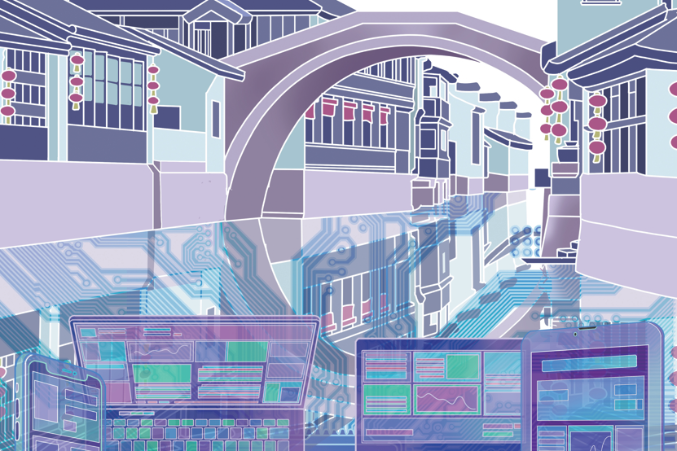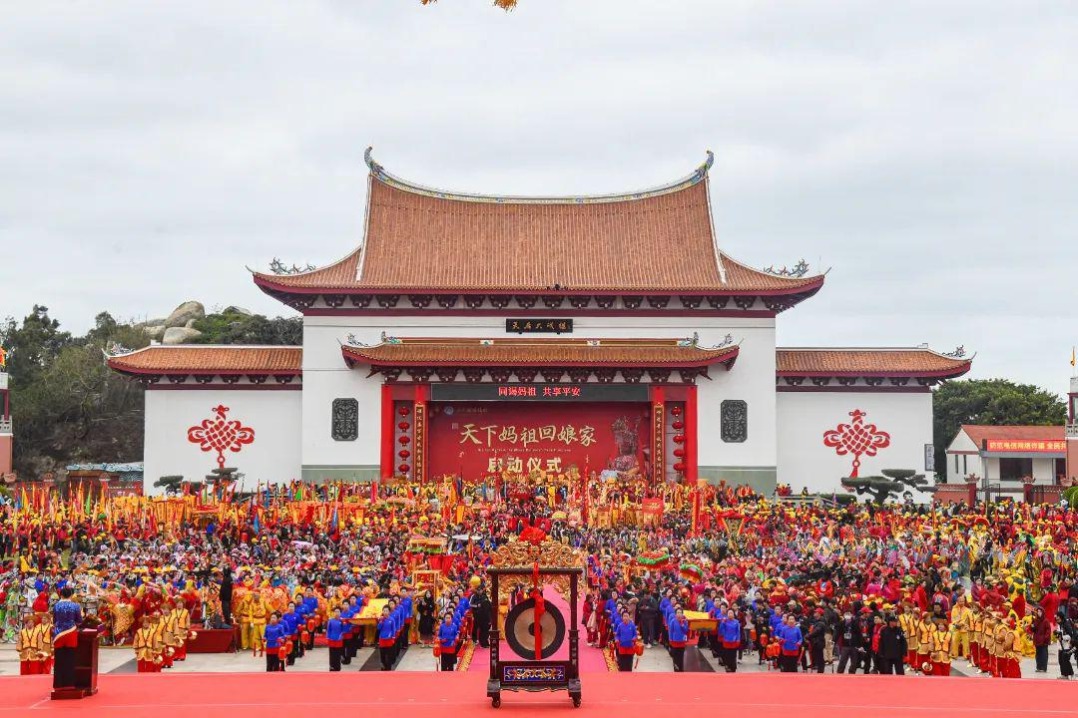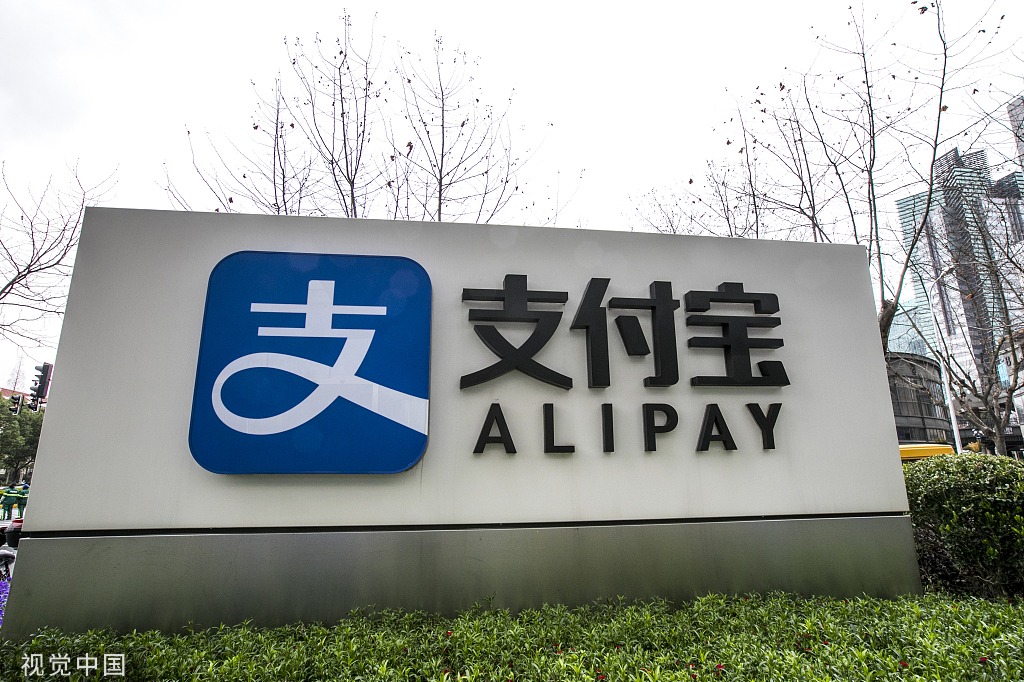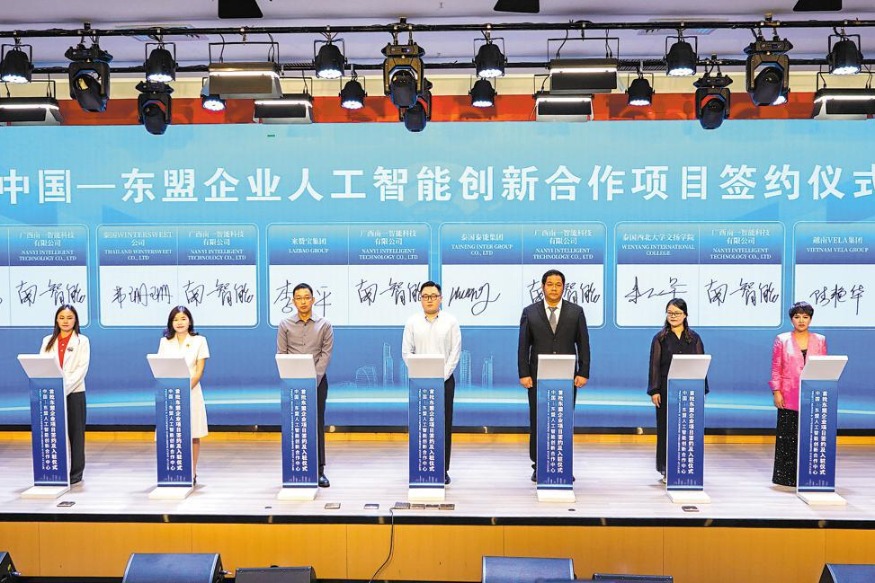Make good on debts


Piloting service payments to mutually agreed development projects could be beneficial for debtor countries and China
A debt swap is an arrangement that reduces debt for policy or spending commitments on a certain area on the side of a debtor country. Given the increasing development challenges and fiscal risks as well as their close linkages, the call for debt swaps is on the rise. Debt swaps could involve both official bilateral and commercial debt. For the former, previously committed debt service to official bilateral creditors is redirected to the financing of mutually agreed development projects, be they climate, nature conservation or health related. For the latter, it usually requires donors or new lenders purchasing privately held debt at below-market interest rates, with conditions on development-related policy actions and investments.
Debt swaps have been part of the debt restructuring process since the Latin American debt crisis. The early debt swaps included a 1987 tripartite swap with Bolivia led by Conservation International and a 1989 bilateral swap between the Netherlands and Costa Rica. Since then, more than 100 debt swap operations have been conducted, including about 90 bilateral debt swaps involving about 15 official creditors and at least 50 trilateral swaps. Among them, the United States and Latin American debtor countries implemented the 1990 Enterprise of Americas Initiative and the 1998 US Tropical Forest Conservation Act, covering about 30 transactions. Large international non-governmental organizations have also acted as intermediaries with donor financing, purchasing debt at a price far below the actual face value in return for the debtor country setting up an environmental fund for financing local conservation projects. While debt swaps have been less popular due to the shift toward more comprehensive debt relief under the Heavily-indebted Poor Countries and Multilateral Debt Relief Initiative in the 2000s, recent years have seen new initiatives such as the bilateral swaps conducted by the French Development Agency under its Contract of Debt Reduction and Development, most recently with the Democratic Republic of Congo (in 2019) and tripartite swaps led by The Nature Conservancy with Seychelles (in 2015) and Belize (in 2021).
Debt swaps have been considered "win-win-win "transactions, being advantageous to all parties. Debtor countries can reduce their debt burden, save scarce hard currency, and free up budgetary resources for environmental or other spending. Creditor countries see an increase in the value of any remaining debt claims and improve their environmental credentials. International NGOs leverage their funds, raise their profile and expand their network.
In practice, however, it is far from certain that many of the foregoing benefits are materialized. First, the size of the transactions has been small and the debt relief has been modest. Most debt swaps have been in the two-digit million US dollar range, with the largest swap to date occurring in 1992 between Poland and a group of creditors, for a total value of $580 million. According to the United Nations Development Programme (2017), the total value of debt treated by debt swaps amounted to $2.6 billion and had funded development or nature-related spending of about $1.2 billion.
Second, transaction costs have been high. Debt swaps have historically been linked to specific projects that need to be identified, structured, and monitored. Setting up suitable projects requires professional expertise, coordination across multiple parties, and time-consuming negotiations (two to four years according to the OECD). Performance indicators attached to swaps induce high administrative costs, as the debtor government's own systems and procedures are bypassed and parallel structures are often needed for project implementation and monitoring. This issue worsens when the interested creditor countries do not have the expertise or an extensive set of agencies to implement the swap. High transactions and monitoring costs shrink the pool of creditors that might be interested in debt swaps, while the small scale of the swaps stands in the way of achieving economies of scale.
Third, the added value seems to be limited. There are studies indicating that countries implementing debt-for-nature transactions tend to have lower deforestation. The 2015 Seychelles debt swap also claims to have increased the share of its protected marine area to 30 percent. Nevertheless, questions remain in terms of the extent to which these swaps provide "additionality" over investments that governments might have already budgeted. There are also risks of "greenwashing".
In the meantime, debt swaps have historically aimed to promote both specific investments and policy actions on the one hand and to provide some debt relief on the other, but not to provide comprehensive debt relief or restore debt sustainability in unsustainable debt cases.
Over recent years, China has become the largest bilateral creditor of many countries. Despite its drawbacks, debt swaps can provide a new channel for dealing with external debts. Arguably, they can provide multiple benefits for China, including reducing the default risks of debtor countries, promoting green Belt and Road cooperation, pushing forward economic and social development in partner countries, and improving China's global reputation at low costs. Besides, debt swaps also provide a new mechanism for implementing the Global Development Initiative, which prioritizes development finance and green development. In October 2023, the first debt swap agreement for development was signed between China and Egypt, although no details on implementation are available as yet. To give such a mechanism a try, China could take the following actions.
First, learning from international experiences and expanding new development partnerships. To explore the necessity and feasibility of debt swaps, Chinese ministries and financial institutions can establish dialogues with countries and agencies that have implemented such swaps, including the Agence Francais de Developpement, the German Federal Ministry for Economic Cooperation and Development and the UNDP. This can also provide entry points for innovating development finance and improving third-party market cooperation under the Belt and Road Initiative.
Second, following the approach of "piloting first and scaling up". China can identify and select countries by considering such factors as default risks, climate vulnerabilities, and the willingness and capacity of partner countries. When pilots are initiated, close monitoring should be conducted so that the effects and regulatory and policy conditions are fully understood. When pathways are clearer, such mechanisms can be expanded to other countries and regions.
Third, setting up a policy coordination mechanism. China needs to define the leading agency and participating ministries and financial institutions, applicable debtor countries and types of debts, terms of swaps, as well as the roles and responsibilities of respective participants.
Fourth, adhering to the principle of mutual respect and ownership of partner countries. China can provide overall directions in the usage of funds and monitoring mechanisms in implementing debt swaps. For example, China can request the funds to be disbursed to promote a green Belt and Road, but give the partner countries the driving seat in specific decisions. China should insist on its long traditional South-South cooperation principles when working with the debtor government to jointly formulate implementation and management arrangements, including deciding key performance indicators.
The author is vice-president of the Center for International Knowledge on Development. The author contributed this article to China Watch, a think tank powered by China Daily.
The views do not necessarily reflect those of China Daily.
Contact the editor at editor@chinawatch.cn
















